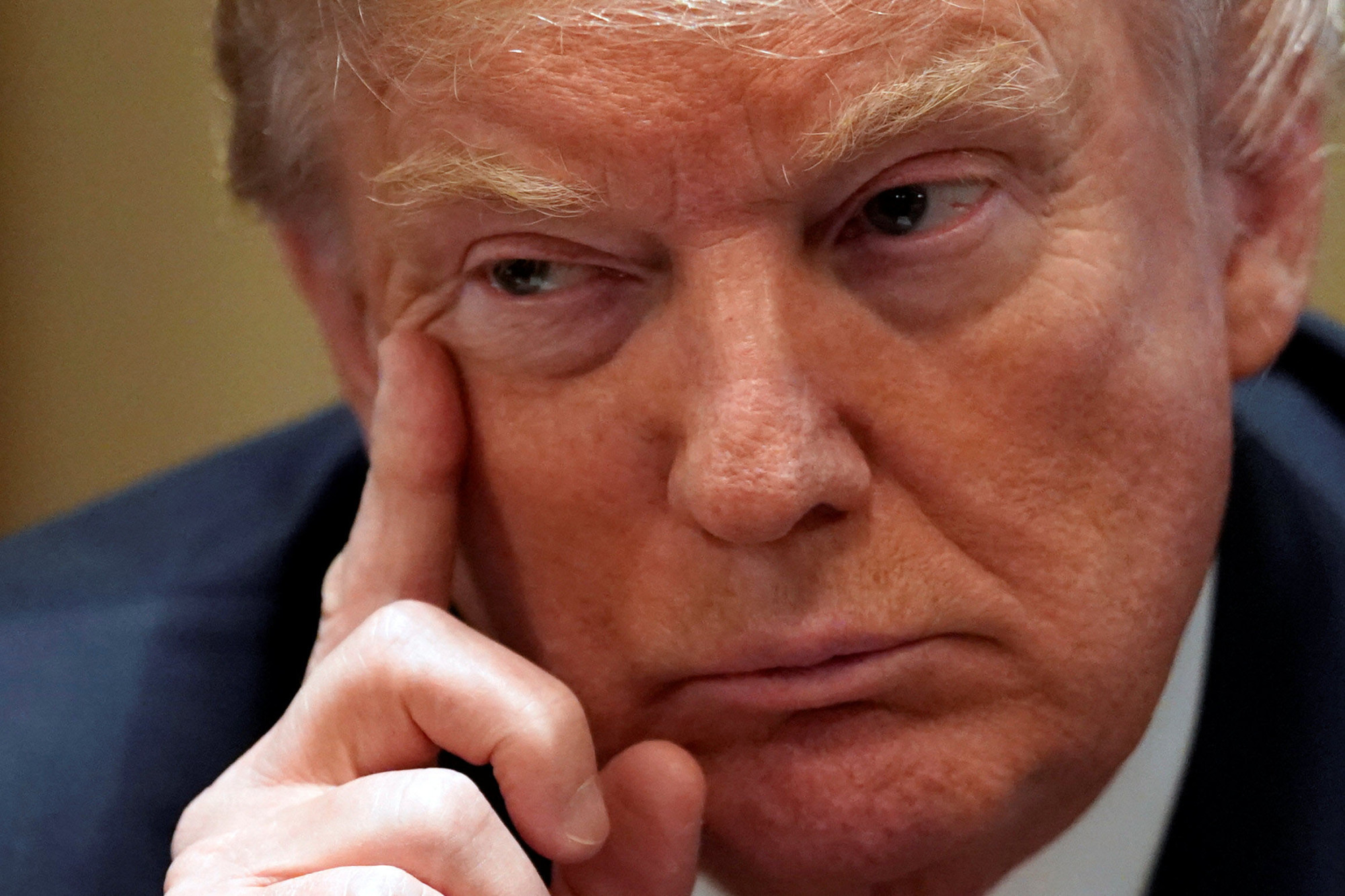"Chain migration." It's a term that's on the lips of lots of people in the immigration debate. Stephen Miller, the Trump aide who has been the most forceful proponent of immigration restriction, uses the term constantly. Originally, "chain migration" referred to the repeated use of family-reunification immigration — a man brings in his wife, who brings in her sister, who brings in her husband, who brings in his brother, and so on. Now, though, restrictionists have begun to use the term to refer to any and all family-reunification immigration.
Reducing legal family-based immigration is such a huge priority for this administration that President Donald Trump offered to give unauthorized immigrants a path to citizenship — something Republicans have long opposed — in exchange for cuts to family reunification. Restrictionists' primary target is shifting from those who enter illegally to those who enter to be with their families.
Family reunification has been one of the main ways to enter the U.S. since the reforms of 1965. Whether you want to label it "chain migration" or not, there's no doubt that it has changed the face of the country. One of those big changes has been the creation of an important new group — Asian-Americans.



















With your current subscription plan you can comment on stories. However, before writing your first comment, please create a display name in the Profile section of your subscriber account page.